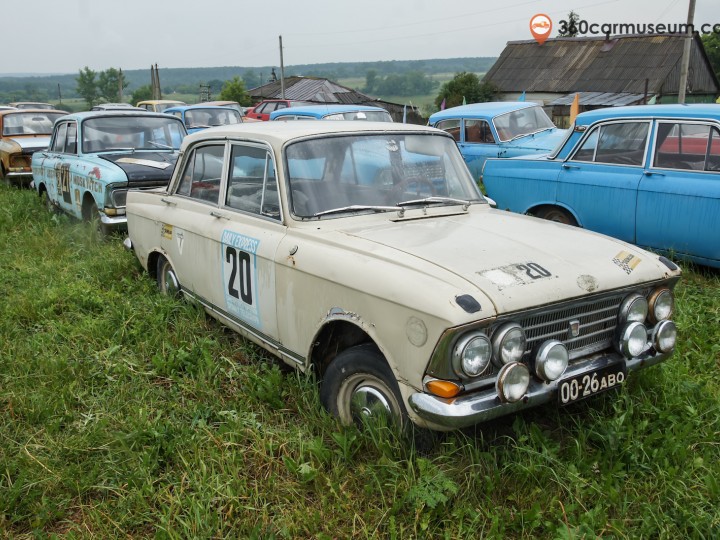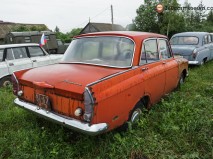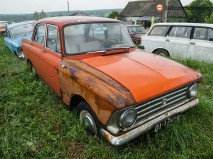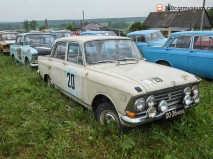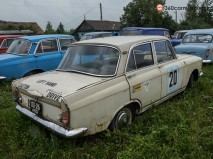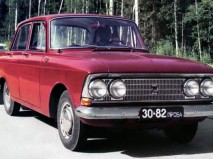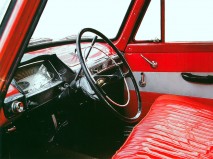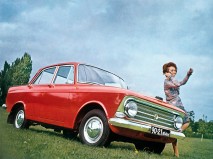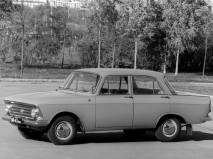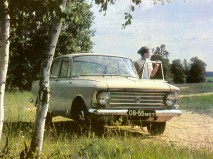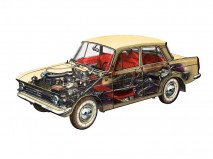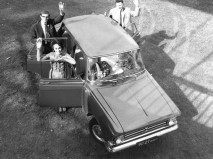0 Moskvitch-408
The M-408, the first of the series, replaced the second generation Moskvitch 407 as the main production model; it had a longer wheelbase than the 407. Design work started in 1959, and the first prototype appeared in March 1961. The first production 408 was built 1 August 1964, and the 408 was given its official debut 21 October. First marketed body styles of the main version were a four-door saloon (base), five-door estate (the model M-426, an upgrade of second generation M-423 and 424), and a three-door sedan delivery (the M-433, an upgrade of the second generation 432 delivery pick-up). The rear end design of the pre-facelift models were copied from the rear end of the BMW 700, while the bonnet was hinged in front.
There were two distinct series of the 408, which both used the same name. On 20 August 1966, Moskvitch produced its 100,000th 408.
The first series of cars were produced between 1964 and 1969 in Moscow. These cars had vertical rear lights, two or four round headlights, a front bench seat, and a 4-speedmanual transmission with column mounted gear lever. The length of the standard model was 4,090 mm (161.0 in).
The second series was produced between 1969 and 1976 in Moscow. It had the same engine and transmission as its predecessor, but an updated body fitted with rectangular headlights and horizontal rear lights, with triangular turn signal markers mounted on tail fins. Also it had separated bucket seats and the transmission used a floor-mounted gear lever.
The car had quite modern features for 1964: squared-off body with flat roof panel and sharp tail fins, panoramic rear window and semi-panoramic windshield. Deluxe versions had then-fashionable quad headlights and (some series) two-tone paint. The interior featured a stylish trapezoidal instrument cluster, column-mounted gear shift lever (until 1973), effective heater and had a then-common practical artificial leather (vinyl) upholstery (colour-coded).
The M-408 was a conventional rear-wheel drive economy car powered by a 1357 cc OHV straight-four, producing 50 hp (37 kW) at 4750 rpm (60.5 SAE hp)). After 1967, the assembly of the engines was done by UZAM in Ufa. One two-barrel down-draft carburettor was used. The car was initially equipped with self-adjusting manual drum brakes, then from 1969 - power brakes with a hydrovacuum servo and a split circuit braking system.


